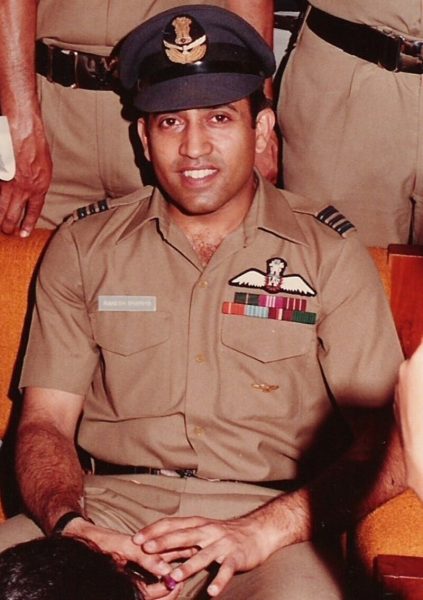
More collaboration, less competition among nations way forward for future space explorations: Rakesh Sharma

More collaboration and less competition among nations is the way forward for space explorations, Wing Commander Rakesh Sharma (retd), the first Indian to travel to space, has said.
No nation individually has the financial or technological capabilities to create a human settlement on the moon or Mars on its own, Sharma said on Wednesday.
India has the necessary experience to scale up its national space exploration approach to global proportions as it has followed a unique programme of using space technology for socio-economic benefit of its people, he said while delivering a lecture on the future space exploration at the Physical Research Laboratory.
The country has a centuries-old philosophical tradition which has encouraged and practised inclusive growth for all, he added. “Almost every nation has ambitious plans for space exploration, and India is no exception. I believe that before long, all nations will come to realise that first inhabiting and then exploiting our nearest neighbour moon is beyond the resource capability of any one nation,” he said.
“Before long, we are going to see collaborative efforts (among nations for space exploration) increasing, and we will see that competition will come down, thats my belief,” Sharma said.
This collaborative effort has already been evident in the foreign payloads being taken on Indias moon mission Chandrayaan and other launchers of the Indian Space Research Organisation (ISRO), and data being shared with other nations, he said.
“No nation individually has the capability, financially or technologically, to create a human settlement on the moon or Mars,” said Sharma, a former IAF pilot who was a part of the Soviet Unions Soyuz T-11 expedition, launched on April 2, 1984, as part of the Intercosmos programme.
For a nation to develop an independent and exclusive capability to explore space and use what it gets out there by itself would mean spending the finite resources available on the earth at a much faster rate than otherwise if the countries began to cooperate and collaborate, he said.
“If we collaborate, we can leverage the space technology strengths of different nations. It is the way to go,” he said.
That way, any such programme would become “a venture by the people and from the people of our beautiful planet,” he said.
“If we go to the moon and later to Mars, as people from the earth, we must share the resources which have been found there with anybody back on earth. If we do that, we will begin turning the bloody pages of history back page by page, bit by bit,” he said.
According to Sharma, if nations develop a global collaborative approach of protecting the earth from the Near-Earth Objects (NEOs), then there would be a proven precedent of a global funding model that works for the benefit of all.
“If we come together in this manner to make sure we all do not die, surely we can come together to ensure we call together and continue to live in peace on this beautiful planet,” he said.
Sharma also expressed confidence in Indias leadership in the global space programmes and said it has the necessary experience to scale up its national space exploration approach to global proportions.
“I am suggesting that India, that is ISRO, works towards inclusive and sustainable development on the earth by carefully forming resources in outer space by collaborating to create a joint expeditionary force and share the resources found in outer space with all nations on the earth,” he said.
On Gaganyaan human space flight mission, Sharma said it is an inevitable and well thought out project and the ISRO must have an idea of longer stay in near-earth orbit by making laboratories like the International Space Station.
“Putting humans into space is to generate a core group of professionals who will then be available to run the human space programmes and whatever follows after they themselves have gone,” said Sharma, who is part of the National Advisory Council on Gaganyaan.
The Gaganyaan project envisages demonstration of human spaceflight capability by launching a crew of three members to an orbit of 400 km for a three-day mission and bringing them back safely to earth, by landing in Indian waters, according to the ISRO. It is targeted for launch in the fourth quarter of 2024.
(Except for the headline, this story has not been edited by The Federal staff and is auto-published from a syndicated feed.)


